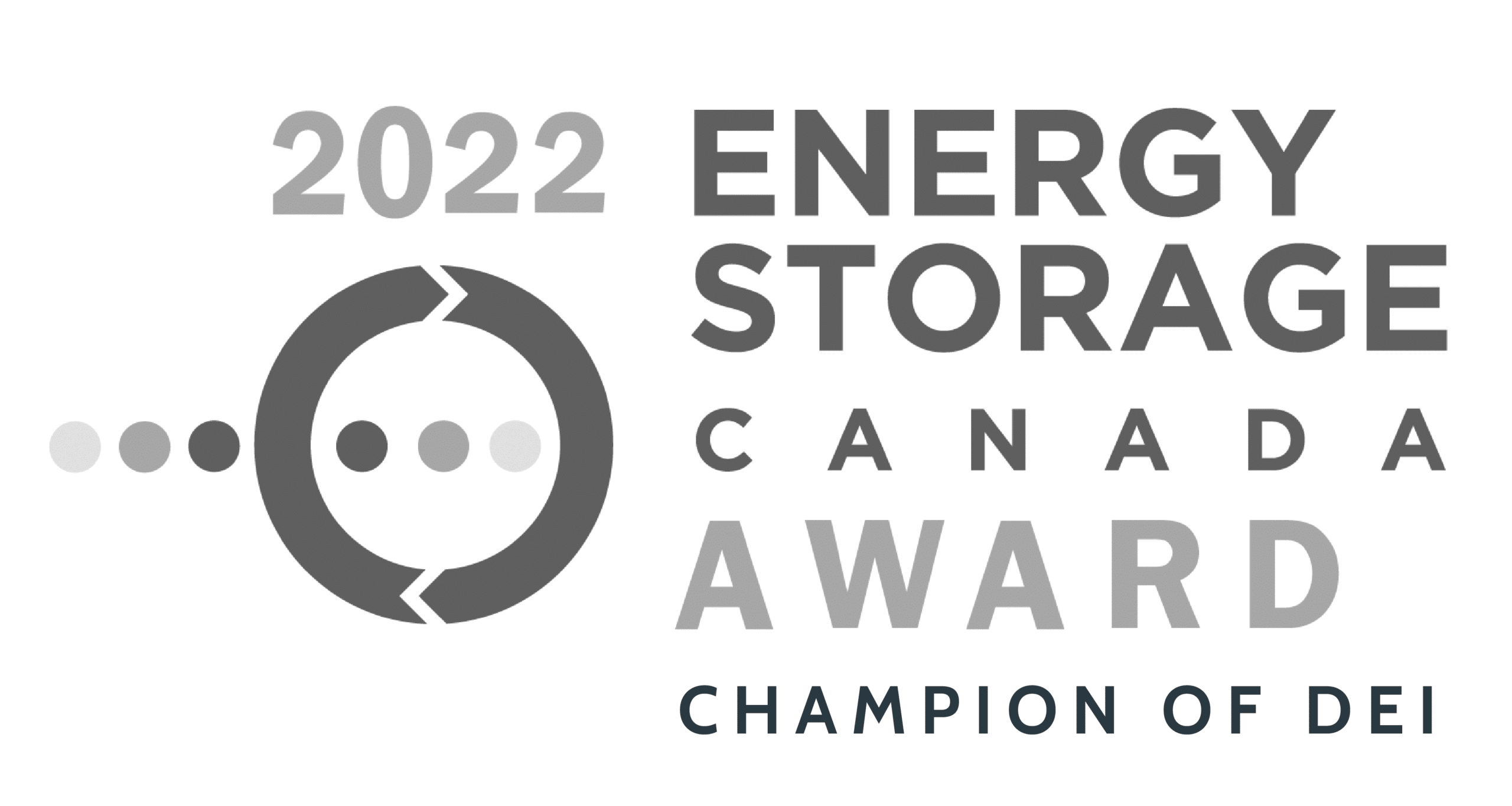In today’s world, building energy management and sustainability have become top priorities for facility managers, energy managers, process engineers, and sustainability managers.
To achieve cost and emission reductions, it’s crucial to gain a deep understanding of your facility’s energy demand curve and profile. By doing so, you can identify opportunities for cost savings and reductions in Scope 2 emissions.
However, it’s not just about understanding your building’s energy demand in isolation; it’s also about knowing when peak demand occurs, as these moments can significantly impact costs and environmental factors.
In this blog post, we’ll delve into the importance of understanding and managing building energy demand and how it all works in the context of peak electricity demand events – including how it can lead to substantial savings. We’ll also explore recent legislative changes, such as the Inflation Reduction Act and the updated Energy Storage Investment Tax Credit (ITC), that can further incentivize energy management.
Understanding Building Energy Demand
Energy demand in commercial and industrial (C&I) buildings is in constant flux, influenced by various factors, including operational scheduling, weather conditions, and the use of HVAC systems. Plus, the continuous operation of essential systems such as alarms, wireless devices, servers, and security cameras contributes to your facility’s daily demand.
This daily demand results in a load profile, illustrated by a line graph, with electricity usage on the y-axis and hour on the x-axis. Many commercial office buildings see their energy load spike in the middle of the day when offices are full and HVAC systems are running. Some industrial facilities have a relatively flat load profile, as they’re in operation 24/7.

Ultimately, every business is unique, and each building will have its own electricity load profile. However, it’s essential to understand your building energy demand and load profile to understand better the opportunity to reduce electricity costs.
Building Energy Management Systems (BEMS)
In today’s energy-conscious world, businesses increasingly turn to Building Energy Management Systems (BEMS) to understand their load profiles, optimize energy consumption, reduce costs, and enhance sustainability. These systems play a pivotal role in both new construction projects and retrofitting existing commercial and industrial (C&I) buildings.
What are BEMS?
Building Energy Management Systems, commonly referred to as Building Management Systems (BMS), are sophisticated, integrated systems and software that monitor, control, and optimize a building’s various energy-consuming systems. These systems leverage advanced technologies such as sensors, data analytics, and automation to provide real-time insights into energy usage and enable precise control of heating, ventilation, air conditioning (HVAC), lighting, and more.
Benefits of BEMS
- Energy Efficiency: BEMS help businesses reduce energy consumption and lower operational costs by optimizing system performance and reducing waste.
- Environmental Sustainability: By reducing energy consumption, BEMS contribute to sustainability goals by minimizing greenhouse gas emissions and environmental impact.
- Operational Optimization: These systems enhance building comfort, productivity, and maintenance by ensuring that systems operate efficiently and respond to changing conditions.
Whether in new construction projects or retrofitting existing buildings, BEMS offer customizable solutions that empower businesses to control and optimize their energy consumption.
But optimizing building operations does not yield the biggest savings. The most significant savings come from understanding (and acting upon) grid factors and how your building plays a part in the overall electrical system.
Peak Demand: The Largest Cost Factor
In most regions, electricity prices fluctuate with demand, resulting in off-peak and on-peak pricing. Typically, electricity is cheapest during overnight hours when demand is low (Off-Peak) and most expensive during peak hours when consumption is at its highest (On-Peak).
Typically, there is a concentrated “peak demand period” of about 4-5 hours in the early evening (4-9 PM), when most folks are home from the workday and turning on TVs, stoves, and dishwashers. That’s where you’ll see the highest demand charges.
We can break time periods down into three categories:
- On-Peak: The most expensive time to use energy
- Off-Peak or Mid– Peak: An average cost of energy
- Super-Off-Peak: The cheapest time to use energy
Seasonality also plays a significant role in the cost of energy. For example, some months (like May or October) tend to be cheaper than in the heat of summer or dead of winter, when demand peaks because of heating or cooling.
However, some regions see Coincident Peak demand events, which occur only for a few hours each year. Coincident peak, also known as system peak or peak demand, is the specific point in time when electricity demand reaches its highest level across the grid. These events can significantly spike electricity costs and may not align with standard on-peak hours. For example, in Ontario, it’s referred to as Global Adjustment; in New England and New York, it’s known as ICAP.
Understanding building energy demand can help mitigate day-to-day on-peak pricing, but it won’t predict Coincident Peak events.
Mitigating Costs with Battery Energy Storage
Proactive energy management can yield substantial savings by predicting when Coincident Peak events will occur.
By pairing your understanding of building energy demand (or load profile) with battery energy storage systems, you can strategically store energy during low-demand periods and discharge it during Coincident Peak events. This strategic charging and discharging of stored energy reduces electricity costs and contributes to a more stable and resilient grid.
The Inflation Reduction Act and Energy Storage ITC
Recently, legislative changes have further incentivized investment in energy storage solutions. The Inflation Reduction Act (IRA) and the restoration of the Investment Tax Credit (ITC) offer the most significant financial benefits for businesses investing in energy storage systems.
Here’s how it works:
This is a tax credit for commercial and large-scale deployments of solar or solar + storage. The Inflation Reduction Act updated the ITC to include standalone energy storage projects and several other clean energy technologies. Storage projects must be capable of receiving, storing, and delivering electricity and must have a minimum capacity of 5 kWh.
The tax credit has been restored to its full 30% value for solar, storage, and solar + storage projects beginning construction before January 1, 2025. However, there are new eligibility guidelines to qualify for the full ITC value and failure to meet these requirements means a developer may only be entitled to a 6% ITC (an 80% reduction in value).
- Prevailing Wages: Any project must pay prevailing wages during the construction, alteration, and repair phases and for at least the first five years of operation. These rates are published by the US Secretary of Labor. Projects under 1 MW are exempt.
- Registered Apprenticeship Requirements: Qualified apprentices (as defined by the National Apprenticeship Act) must make up a specific percentage of the labor hours on a project. If a project employs four or more individuals, this requirement would apply. Projects under 1 MW are exempt.
This tax credit can offset a substantial portion of the costs associated with implementing battery energy storage, making it an even more attractive option for mitigating peak demand costs and contributing to sustainability goals.
Interested in a No-Cost Energy Storage System?
In the face of rising energy demand and the need for action on climate change, understanding and managing building energy demand have become critical for businesses seeking to optimize costs and reduce their environmental footprint.
By staying informed about your building’s energy load profile, forecasted peak demand events, and by leveraging legislative incentives like the Inflation Reduction Act and the updated Energy Storage ITC, your business can implement strategies like battery energy storage to save significant amounts of money and contribute to a more sustainable energy future.
At Peak Power, we’ve developed industry-leading partnerships to deploy capital for projects. Our customers get to share in the upside of energy savings and value creation without bearing the financial risk. Many of these projects are structured with shared savings agreements, creating a win-win-win relationship for all parties and generating significant energy cost savings for the facility that hosts these energy storage systems.
If you want to learn more, schedule a Free Virtual Site Assessment with one of our energy pros.





